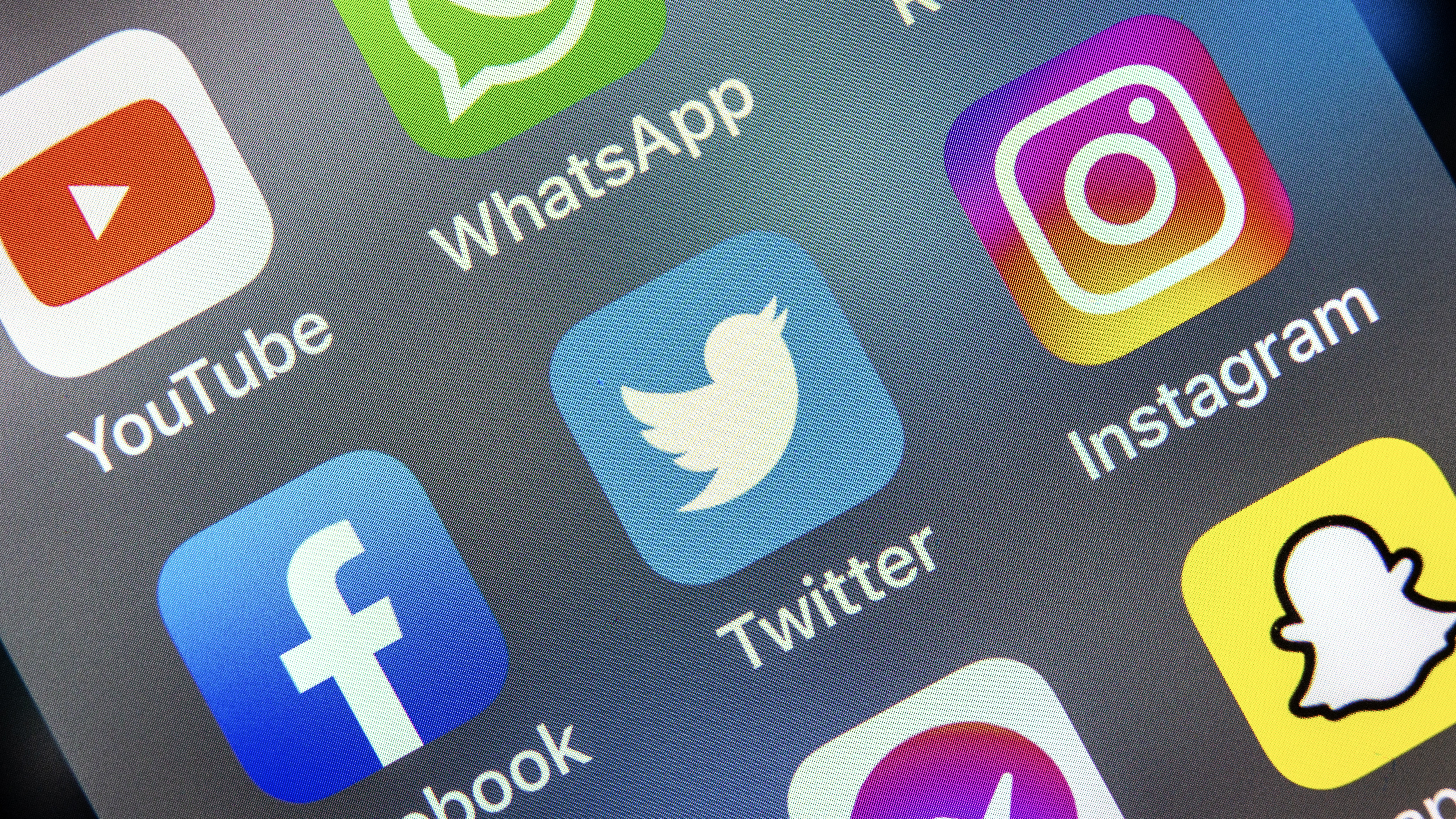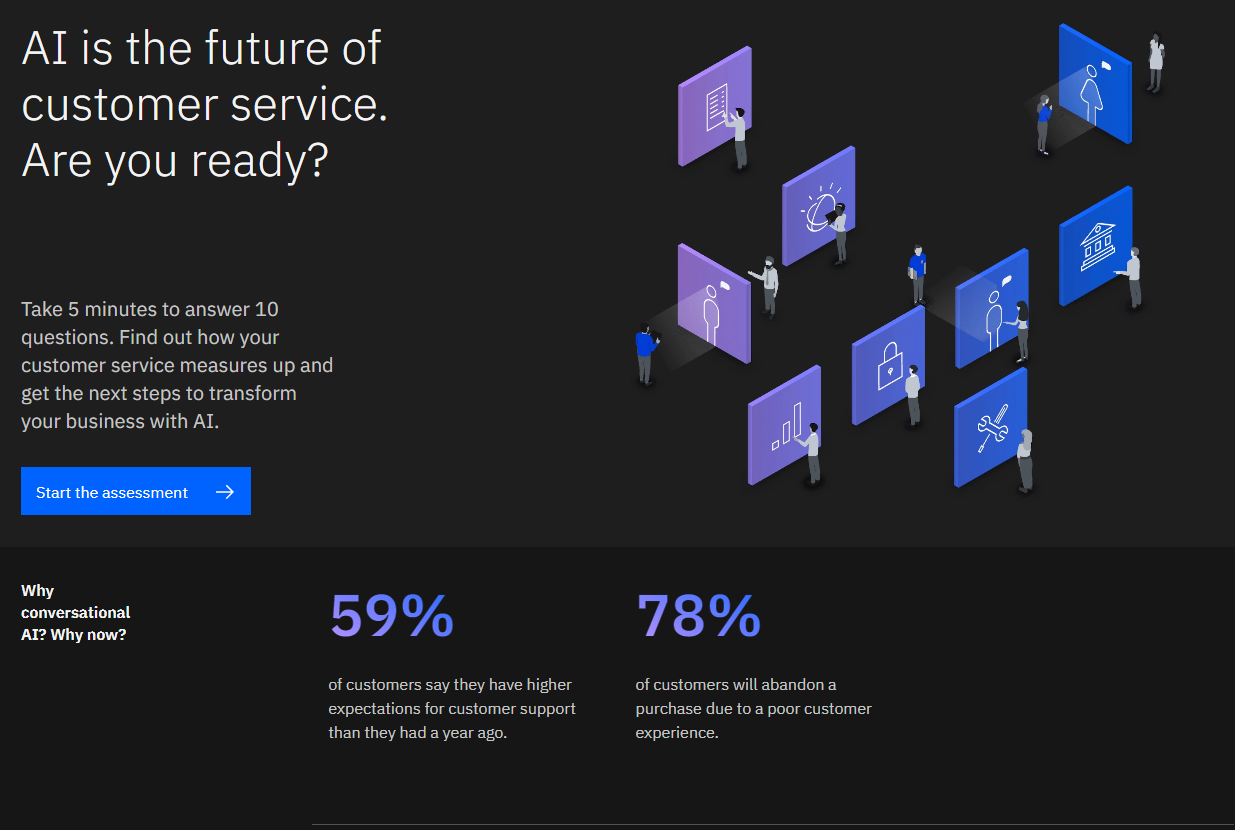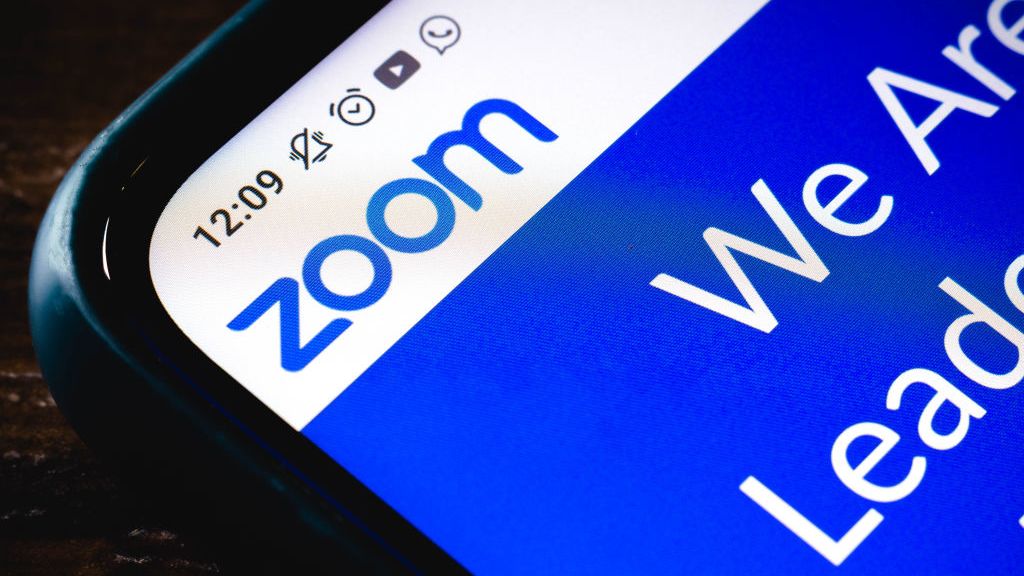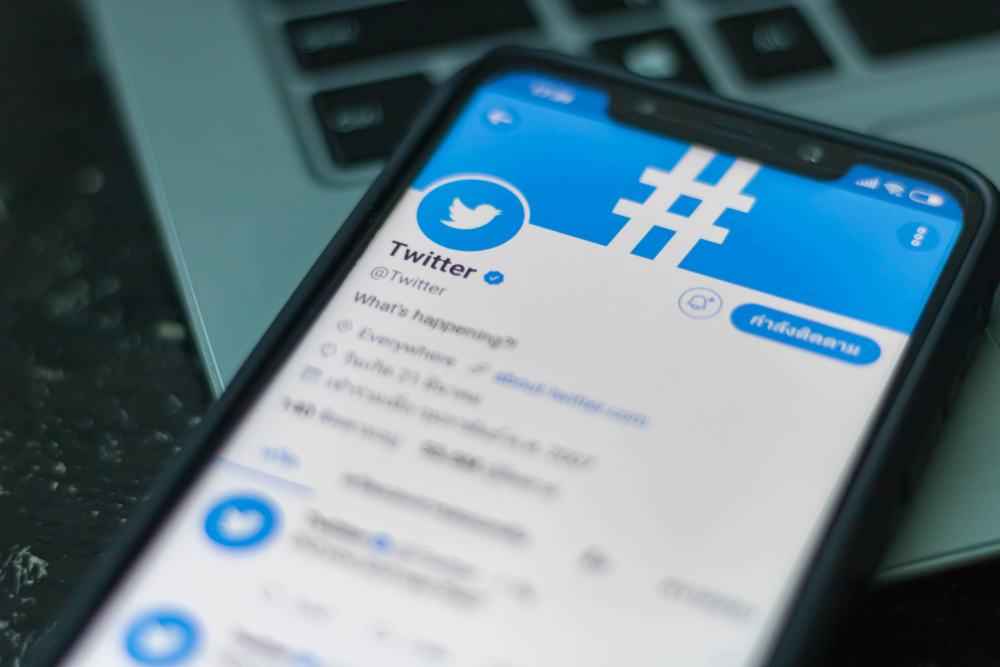How digital marketing will evolve beyond social media
Twitter's ongoing destabilisation proves businesses can't rely on social media for digital marketing forever


It’s close to just three months since Elon Musk took the helm at Twitter, and his tenure has been rocky, to say the least. His first month in charge saw mass layoffs, a new revenue stream that led to widespread impersonation, and the CEO at one point even locking the doors of the company’s San Francisco headquarters.
Twitter, as a result, is being sued by former workers amid complaints about the quality of the service rising, reporting cash flow issues, and brands weighing up whether or not to be active on the platform at all. An impersonation of pharmaceutical company Eli Lilly, for example, caused its stock price to tumble, after a fake account with a paid-for blue tick said it would provide free insulin. The rocky start has also thrown advertising spend – Twitter’s main source of income – into doubt, with large companies withholding cash due to the rising instability.
The rise of social media was once seen as a new dawn for communications and marketing, giving brands the tools and channels to reach customers directly. Turbulence at Twitter, alongside ups and downs at platforms like Instagram, Facebook and TikTok, though, means brands might need to examine how to evolve beyond social media for good.
Economic chaos and an unpredictable future
The shake-up of Twitter and its policies, particularly around content moderation and free speech has caused brands to reconsider their position on advertising through the platform, says Madeleine Sampson, telecommunications, media and technology analyst at Fitch Solutions.
“Companies such as General Motors, Audi, VW, and Pfizer have all paused advertising on the platform and have adopted a 'wait and see' approach,” she says. “Apple has reportedly cut its advertising spending on Twitter, receiving considerable public criticism from Elon Musk, and brands risk criticism for ending their association with 'free speech' or pursuing a ‘woke agenda’.
“All of this comes at a time when brands are already reining back their marketing spending due to inflation and the rise in operating expenses. Therefore, big tech is suffering significantly from the fall in advertising demand over the course of the year.”
Economic conditions don’t help the advertising business Twitter relies on, and neither does Musk’s erratic management style, nor the deteriorating quality of the platform. Users have reported the platform might crash completely, and anyone that says they can predict what will happen in the future is – as Rebecca Wettemann, CEO of industry analyst firm Valoir says – “full of it".
Get the ITPro daily newsletter
Sign up today and you will receive a free copy of our Future Focus 2025 report - the leading guidance on AI, cybersecurity and other IT challenges as per 700+ senior executives
“I think a lot of CMOs have been pulling their hair out over the past month as they try to figure out what's happening next,” she says. “We are seeing a number of challenges for brands and marketers as they think about how to reach customers. Twitter is one piece of that, and concerns about Twitter are part of it.
“But we also have to think about what's happening with cookie deprecation, and the other challenges marketers have trying to reach this goal of being able to create one-on-one, personalised experiences for customers.
“In the short term, certainly we're seeing budgets be pulled back for Twitter, but we're also seeing companies surveying the other tools and technologies out there to help them understand what value they may get from Twitter versus other sources.”
Brands are falling out of love with social media
The question for brands could reasonably shift from debating how much of a presence to have on platforms like Twitter – to them asking whether it’s worth having a presence at all on popular social media platforms, given the risks. It’s especially true given the old adage of businesses craving long-term certainty.
RELATED RESOURCE

One of the many roles Twitter plays is to serve as a contact point for frustrated customers. When all else fails, after being driven around in circles by chatbots or spending half an hour on the phone, calling out brands on Twitter is a regular occurrence.
Add to this the problem of the Twitter pile-on, in which swathes of users rally against a brand or person, and businesses might feel they’re between a rock and a hard place. However, Chris Bignell, founder of XL Communications, says a coherent communications strategy could avoid this, and that businesses are called out because people feel like they have nowhere else to go.
“It's very easy for brands to get called out on Twitter, and I think that's why the public has kind of jumped on it because it's a way of publicly shaming a company,” he says. “But I think most people turn to Twitter because they get a response. That’s led to corporations moving their call centre staff to Twitter, rather than answering phones, which means that by publicly shaming a company, the customer is probably more likely to get a quicker result.
What comes after social media?
As Bignell alludes to, the challenge with Twitter at the moment is not just down to the way that it’s run, but in maintaining the ways brands rely on it to communicate with customers directly. Wetteman says joining up the channels of communications, whether over email, phone, social media, or through their own website, would help alleviate the reliance they have on Twitter. Many brands have more to learn when it comes to customer interaction, she adds.
“There's a lot of interaction that happens before a ‘one-to-one’ communication, and some of the really interesting and innovative stuff that I'm seeing is around using artificial intelligence (AI) to understand, not just when a customer creates that one on one communication, but what happens way before that,” she continues. “Businesses want to understand what customers search, their activity on community sites, their activity on the website, to get a better understanding of what they need to do to make a customer happy, rather than just what their interaction may be with a chatbot.”
RELATED RESOURCE

As brands look away from social media, the question of what comes next still looms – whether it’s another dominant social media platform or Twitter alternative, or something entirely different, like a metaverse-based experience.
Things don’t look like they’ll improve for Twitter any time soon. As Sampson points out, a pause on advertising is not good for Twitter’s profitability, on top of a user base that could fall. “Around 90% of Twitter revenues come from advertising, but the introduction of the Twitter Blue subscription service, as an attempt to build new revenue streams, could see advertising take a back seat and become less relevant to advertisers over the long-term,” she says. “Musk stated he wants to create 'the most respected advertising platform in the world', but it’s too early to say what the result of Musk’s overhaul will have on the number of Twitter users, which is one reason why some companies are biding their time before making a final decision.”
Elliot Mulley-Goodbarne is a freelance journalist and content writer with six years of experience writing for B2B technology publications, notably Mobile News and Comms Business. He specialises in mobile, business strategy, and cloud technologies, with interests in environmental impacts, innovation, and competition. You can follow Elliot on Twitter and Instagram.
-
 DocuWare CEO Michael Berger on the company’s rapid growth
DocuWare CEO Michael Berger on the company’s rapid growthNews ChannelPro sat down with DocuWare CEO Michael Berger to discuss the company's rapid growth and channel strategy.
By Bobby Hellard Published
-
 Seized database helps Europol snare botnet customers in ‘Operation Endgame’ follow-up sting
Seized database helps Europol snare botnet customers in ‘Operation Endgame’ follow-up stingNews Europol has detained several people believed to be involved in a botnet operation as part of a follow-up to a major takedown last year.
By Emma Woollacott Published
-
 Marketing talent brain drain could stunt channel partner success
Marketing talent brain drain could stunt channel partner successNews Valuable partner marketing skills are at risk of being lost as the structure of channel marketing teams continues to shift, according to new research.
By Daniel Todd Published
-
 The creator effect: Shaping the future of travel
The creator effect: Shaping the future of travelWhitepaper The way forward for the travel sector
By ITPro Published
-
 Automate personalization with AWS
Automate personalization with AWSWhitepaper How marketers can automate, deliver, and analyze billions of personalized messages and offers per day
By ITPro Published
-
 Schneider Electric unveils its first e-commerce partner program
Schneider Electric unveils its first e-commerce partner programNews Partners will be assigned a dedicated Schneider expert to aid strategy development
By Daniel Todd Published
-
 What the UK can learn from the rest of the world when it comes to the shift to IP
What the UK can learn from the rest of the world when it comes to the shift to IPSponsored From the Netherlands to Singapore, UK organisations can learn lessons from forward-thinking countries and make the PSTN switchover as seamless as possible
By Keumars Afifi-Sabet Published
-
 The big PSTN switch off: What’s happening between now and 2025?
The big PSTN switch off: What’s happening between now and 2025?Sponsored The challenges of adopting IP telephony can be overcome, but you don't have long to act
By Rory Bathgate Published
-
 TD Synnex Maverick announces availability of Zoom for partners in Europe
TD Synnex Maverick announces availability of Zoom for partners in EuropeNews Partners now have access to the entire Zoom portfolio, including unified communications platform Zoom One
By Daniel Todd Published
-
 Best Twitter alternatives for businesses and IT professionals
Best Twitter alternatives for businesses and IT professionalsIn-depth With its long-term viability as a networking and commercial space in question, the industry is casting its eye to several Twitter alternatives
By John Loeppky Published